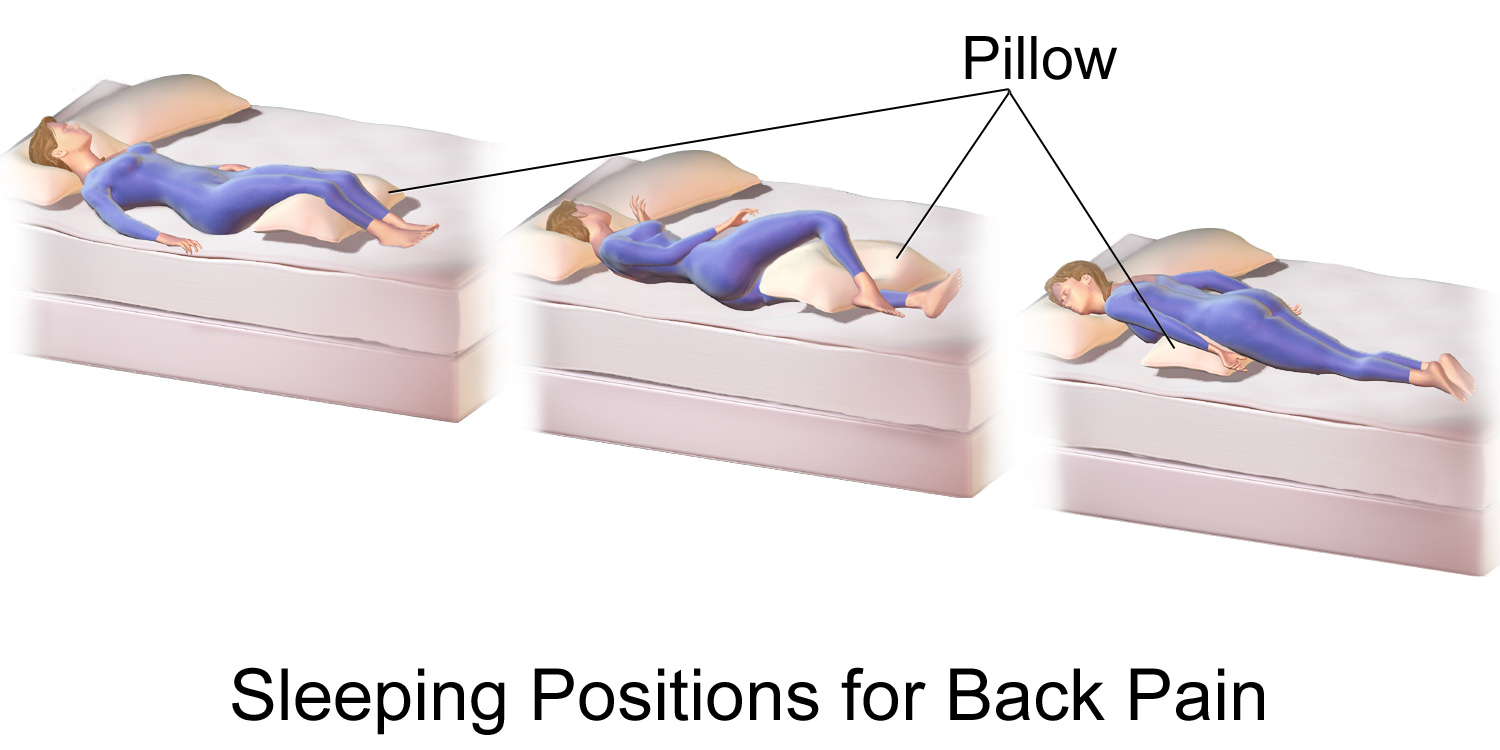Sleeping
You spend roughly a third of your life in bed sleeping, or at least trying to sleep. Doing one activity for as long as 8 hours can impact your spinal structure so it is worth considering how to best go about setting up your sleep position.
Sleep is a vital time in which our brain and our body slows down enough to repair and recharge. If you have ever had periods of too little sleep you may have experienced that gross heavy feeling in your brain.
You know that feeling you get in your muscles after a hard workout or the feeling in your calves and legs after a long run? That is essentially waste products building up in the muscles from the high level of activity. Although the brain is not a muscle it is very active and requires a lot of your body’s resources to run during the day. When we sleep it is a chance for the brain to wind down and recharge so to speak, and until recently we didn’t know how the brain cleared waste products, they assumed that there was no lymphatic drainage.
Sleeping’s effects
Scientists have recently discovered what they call the glymphatic pathway, which is the drainage pathway of waste products from your brain and it is most active during sleep. Degenerative conditions of the brain like Parkinson’s, Alzheimer’s and other forms of dementia links with build up of waste products, which is why it is vital to get 7-9 hours sleep.
The other interesting discovery is that this pathway appears to be most active when sleeping on your side. Well, to be fair the study was done on rodents and not humans however the researches did speculate that this may also be true in humans considering that the natural resting and sleep position in most mammals is the side position.
Obviously when you are asleep it is rather difficult to monitor your sleep position since, well, you are asleep. But setting up right means you will spend at least some time in the optimal side sleeping posture. Make sure you have a pillow that supports your head and neck in the side position. Think Goldilocks, not too high a pillow, not too low a pillow, just right. I also like to sleep with a pillow between the knees to support to hips and lower back. Having a pillow behind your back may also provide extra support and stop you rolling onto your back while you sleep.
Hedok Lee, Lulu Xie, Mei Yu, Hongyi Kang, Tian Feng, Rashid Deane, Jean Logan, Maiken Nedergaard, and Helene Benveniste. The Effect of Body Posture on Brain Glymphatic Transport. Journal of Neuroscience, July 2015 DOI: 10.1523/JNEUROSCI.1625-15.2015
Chiropractor Auckland
Contact Revolution Chiropractic – Leading Chiropractor Auckland
To Schedule your FREE CONSULTATION at Revolution Chiropractic E-mail or Call us on 09 418 3718.
You can also book online here !
Follow us on Instagram Or Twitter, connect with us on LinkedIn, become a fan on Facebook.
SUBSCRIBE TO OUR YOUTUBE CHANNEL FOR DAILY EXERCISE AND HEALTH ADVICE.
This blog is sponsored by Little Ninja & Priorityfitness







